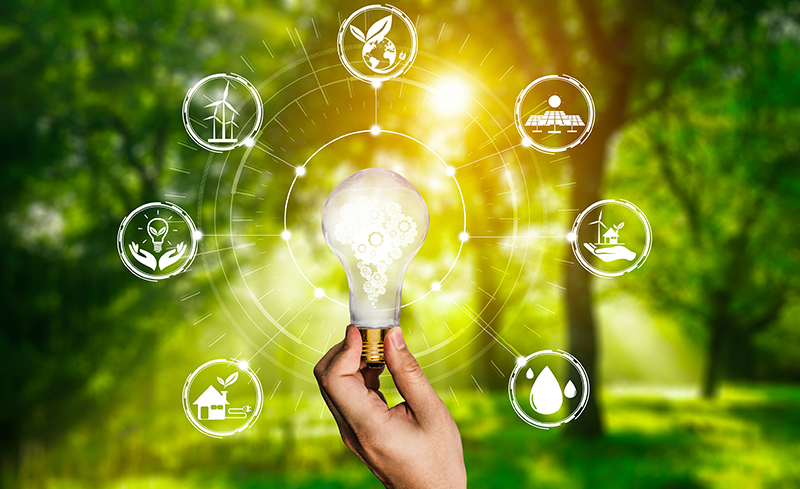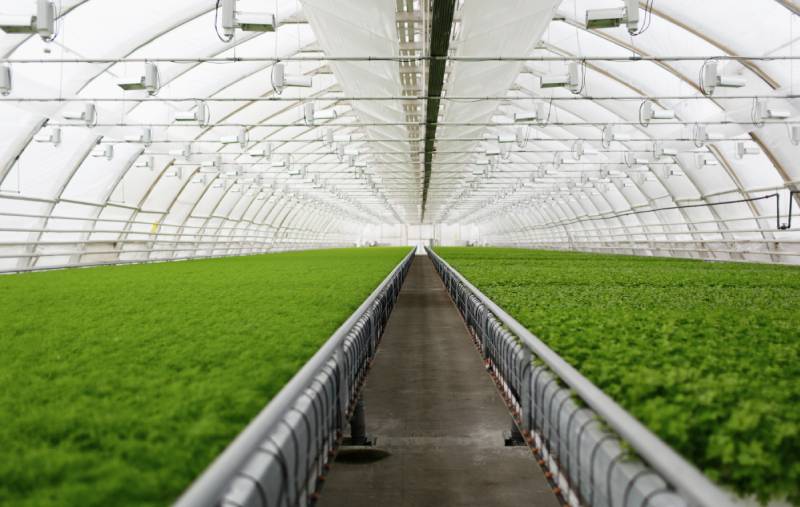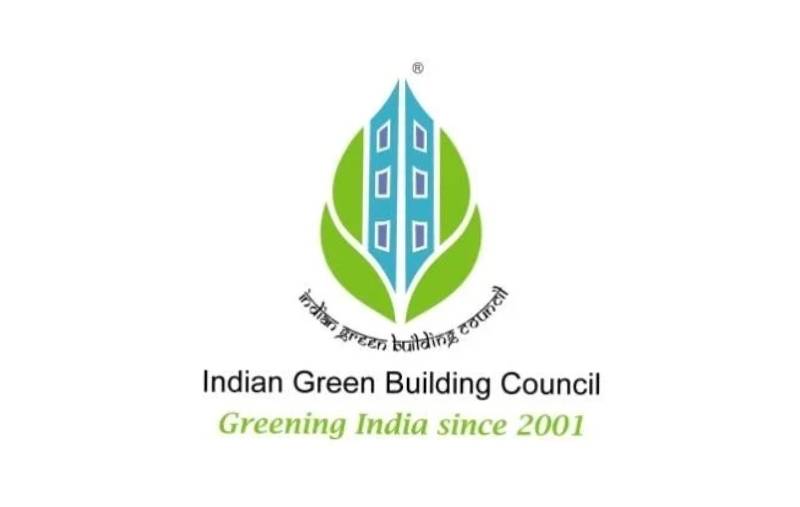Here are the latest Sustainability trends :
Latest Sustainability trends
2nd September 2022

Here are the latest Sustainability trends :
1. ESG : Following a lightning strike year for ESG in 2021, this year is following suit. Here are some key areas organisations should keep their eye on:
2. Sharing the economy:
Between 2000 and 2017, our worldwide material footprint grew by 70%. However, globally, we only recycle 8.6% of the available resources. The absence of sufficient infrastructure for recycling, the use of materials that are challenging to recycle, and the failure to split waste into multiple streams at the home level all contribute to the average municipal recycling rate at 45%.
Agencies worldwide are looking for further strategies to lessen the strain on natural resources and stop the production of garbage in 2022. Increased adoption of minimalism, need-based purchasing, and the sharing economy have all been such responses. Additionally, it’s likely that shared micro mobility—such as scooters and bikes—and e-hailing, or mobility-as-a-service, will continue in 2022. Between 2021 and 2030, the market for shared mobility is projected to expand at a CAGR of 8.5%.
Inventive businesses have already demonstrated that consumers are very interested in sustainability trends, as evidenced by the proliferation of second-hand markets for goods like clothing, electronics, and automobiles as well as the product-as-a-service model.
3. Sustainable packaging
In 2022, to find alternatives to plastics, agencies predict that the packaging industry will speed up its innovation in environmentally friendly design, materials, and processes.
The use of edible packaging is another trend that aims to reduce waste. For example, the disposable cup is given a fresh approach in Bulgaria by Cupffee, which uses a cereal-based cup that may be eaten or composted without any risk. By placing an antimicrobial detergent label on the surface of fruits and vegetables in Romania, Peelhy attempts to sanitise them.
4. Decarbonization of food systems:
Our food systems are being disrupted by the consequences of extreme weather brought on by climate change, rising food prices and human rights violations in global supply chains. Additionally, a significant portion of greenhouse gas emissions related to food production and waste are produced, which furthers climate change.
Agencies anticipate that in 2022, the already-contoured sustainable trends in the food industry will pick up speed.
It’s also likely that people will continue to like growing specific foods in vertical farms, such leafy vegetables, and microgreens.
RECOMMENDED

Welcome to the captivating realm of symbiotic farms, where nature's harmony and sustainable practices intertwine....

In India's pursuit of a greener future, the Indian Green Building Council (IGBC) has established rigorous standards for sustainable buildings. ...

Chennai, a vibrant coastal city in India, has been grappling with recurring flood events during cyclonic storms. ...